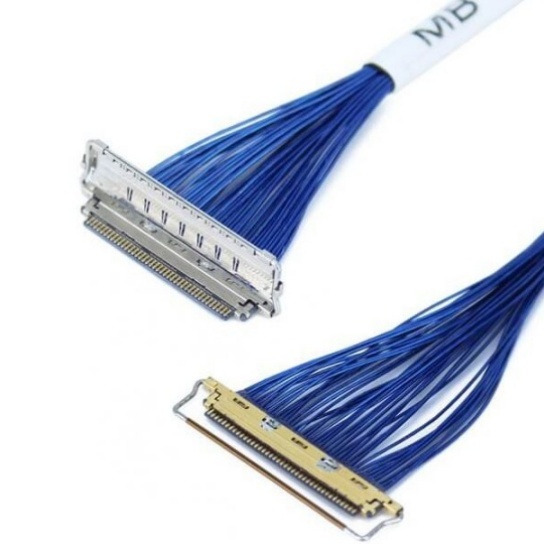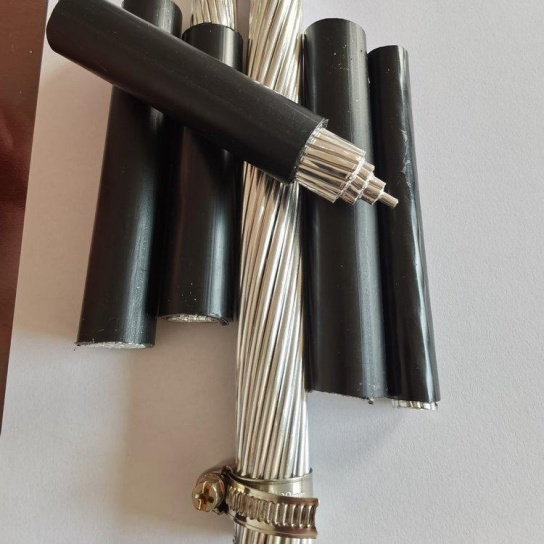Drone Wiring Harnesses vs. Traditional Aviation Cables
1. Overview of Applications
A. Traditional Aviation Cables
Primary Use: Manned aircraft (commercial jets, military planes, helicopters).
Systems Supported:
Fly-by-wire controls (Boeing 787, Airbus A350).
High-voltage power distribution (e.g., 230V AC in the Boeing 787).
Avionics, lighting, and in-flight entertainment (IFE).
Key Priorities: Safety, redundancy, longevity (25+ years), and compliance with strict FAA/EASA regulations.
B. Drone Wiring Harnesses
Primary Use: Unmanned aerial vehicles (UAVs), including consumer drones, delivery UAVs, and military reconnaissance platforms.
Systems Supported:
Electric propulsion motors (e.g., DJI Agras T40 for agriculture).
Lightweight sensors (LiDAR, cameras) and communication modules.
Battery management systems (BMS) for eVTOL drones.
Key Priorities: Weight reduction, rapid deployment, modularity, and cost efficiency.
2. Key Design and Material Differences
A. Weight and Density
Traditional Cables:
Use heavier materials like pure copper conductors and thick PTFE insulation.
Prioritize EMI shielding and fire resistance over weight savings.
Drone Harnesses:
Employ ultra-lightweight materials:
Copper-Clad Aluminum (CCA): 60% lighter than pure copper.
Silicone-coated fiber optics: Replace metal wires for data transmission.
Micro-coaxial cables: <1 mm diameter for sensor integration.
Example: A military UAV harness saves 300g by using CCA, extending flight time by 12%.
B. Flexibility and Durability
Traditional Cables:
Designed for static installations with limited bending (e.g., wing-root wiring).
Use robust insulation (e.g., cross-linked polyethylene) to withstand decades of service.
Drone Harnesses:
Built for dynamic, high-flex environments:
Stranded wire bundles: 34 AWG strands tolerate 1 million+ bend cycles.
TPU jacketing: Balances abrasion resistance and flexibility in folding drone arms.
Example: DJI Mavic 3’s retractable landing gear uses coiled harnesses for repeated deployment.
C. Environmental Resistance
Traditional Cables:
Rated for extreme conditions: -65°C to 260°C (engine proximity), MIL-DTL-27500 compliance.
Corrosion-resistant coatings (gold, nickel) for saltwater exposure in naval aircraft.
Drone Harnesses:
Optimized for shorter operational lifespans (5–10 years) and moderate environments:
Operating Range: -20°C to 85°C (typical consumer drones).
Waterproofing: IP67-rated connectors for agricultural drones spraying crops.
D. Certification and Standards
Traditional Cables:
Must meet stringent FAA (FAR 25.853), EASA (CS-25), and SAE (AS22759) standards.
Require arc tracking resistance and low smoke/toxicity certification.
Drone Harnesses:
Subject to lighter regulations (e.g., FCC Part 15 for EMI).
Consumer drones often bypass aviation-grade certifications, prioritizing cost and speed.
3. Manufacturing and Cost Considerations
A. Production Complexity
Traditional Cables:
Labor-intensive, with hand-assembled harnesses and rigorous QA checks.
Long lead times (12+ weeks) due to compliance testing.
Drone Harnesses:
Mass-produced using automated crimping and laser stripping.
Modular plug-and-play designs reduce assembly time (e.g., Skydio X10D’s 30-minute harness replacement).
B. Cost Drivers
Traditional Cables:
High material costs (copper, PTFE) and certification overhead.
Example: A single FAA-compliant 10m power cable costs ~$500.
Drone Harnesses:
Economies of scale: A consumer drone harness costs ~
20
–
20–50.
Use of commercial-grade connectors (JST, Molex) instead of MIL-SPEC components.
4. Case Studies
A. Traditional Aviation: Boeing 787 Dreamliner
Cabling System: 150 km of cables supporting 1.45 MW electrical load.
Features: Redundant fire-resistant cables, 40% weight savings via aluminum conductors.
B. Drone Innovation: Zipline’s Medical Delivery UAVs
Harness Design: Waterproof, lightweight harnesses supporting 160 km range.
Modularity: Quick-swap battery and payload connectors for rapid mission turnover.
5. Future Trends
A. Convergence of Technologies
Hybrid Designs: Aviation-grade shielding applied to drone harnesses for urban air mobility (UAM) taxis.
Additive Manufacturing: 3D-printed drone harnesses with optimized cable routing.
B. Smart Harnesses
Embedded Sensors: Monitor temperature and tension in real time (e.g., Anduril’s AI-driven drones).
Self-Healing Polymers: Repair minor insulation damage autonomously.






